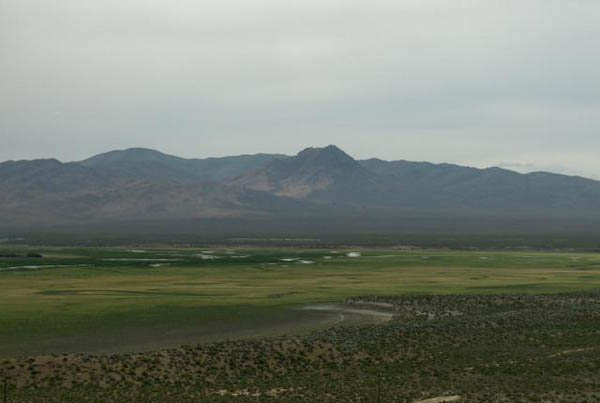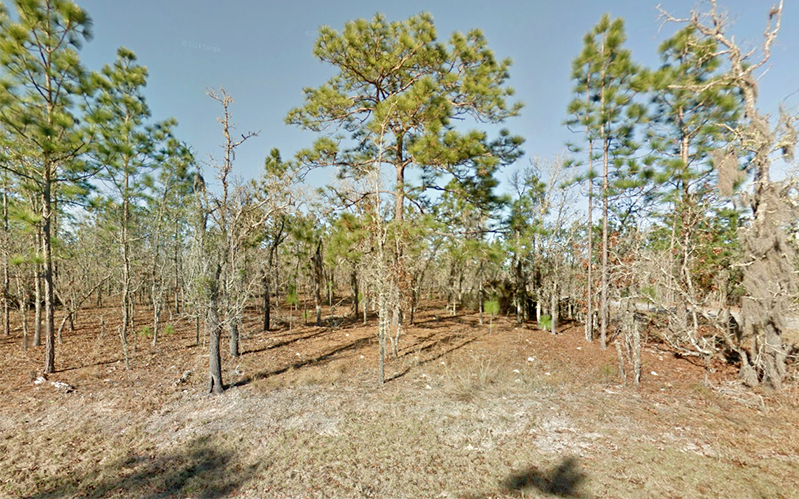The Pareto Principle – How to Maximize Your Time
| September 30, 2012In 1906, an Italian economist named Vilfredo Pareto created a mathematical formula to describe the unequal distribution of wealth in his country, observing that twenty percent of the people owned eighty percent of the wealth. In the late 1940s, Dr. Joseph M. Juran inaccurately attributed the 80/20 Rule to Pareto, calling it Pareto’s Principle. While it may be misnamed, Pareto’s Principle or Pareto’s Law as it is sometimes called, can be a very effective tool to help you manage effectively.[i]
In everyday terms, the Pareto Principle is a reminder to focus on what’s really important. Specifically, it teaches that of all the things you do today, only 20 percent actually matter because that 20% produce 80% of your results. So, when you can identify those things that produce the majority of your results, you can better manage your time and focus on just the 20% that really counts!
When we think of this from an entrepreneurial standpoint, we realize that we should be able to generate 80% of our revenue from just 20% of your activities. Let’s look at the example of Warren Buffet: 90% of his wealth comes from only 10 investments. The same holds for real estate – here are a few practical tips for applying the Pareto Principle in your daily life:
– Focus your time efficiently
– Don’t get caught up in the little details like formatting content, colors or other less important details that you can pay someone else to fix;
– Don’t get sidetracked on Facebook and Twitter and answering emails
- Attend to these matters but use your time wisely and strategically
– Learn to balance competing priorities – If you are busy taking care of something important and the phone rings, answer the phone so you can have a good reputation for being accessible to people and then get right back to what you were doing;
– Your priority needs to creating deal flow and then selling those deals;
- Everything else is unimportant
– Write down your top six priorities for the day, cross out 5 and devote 90 minutes to the one thing that is going to make you the most money in that day;
- You’ll get to the rest when the most important things have been done.
– I bet if you really look at how you spent your time, probably only two hours were really effective in terms of taking your goals to the next leve.
If you have any questions or comments please leave them below, and you can always call or email me.






